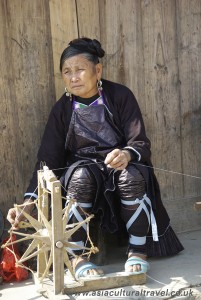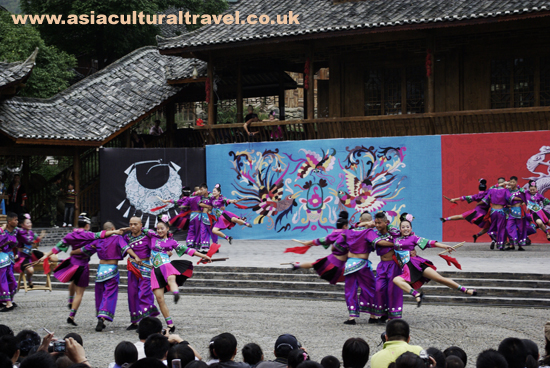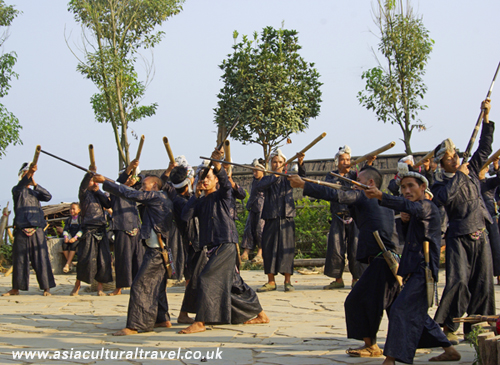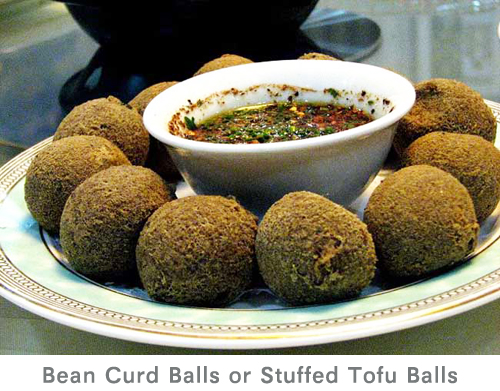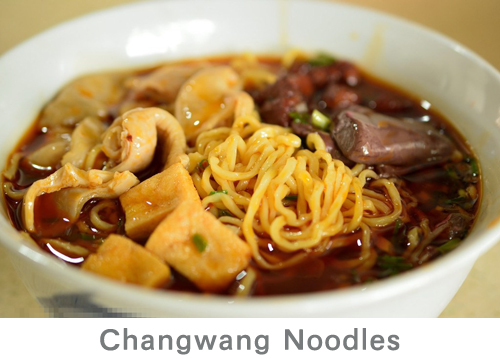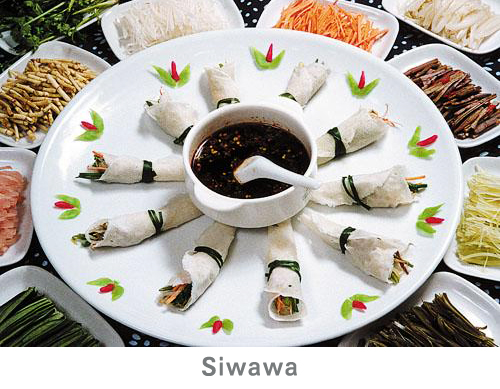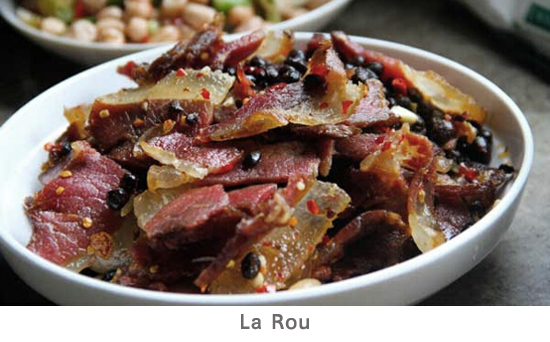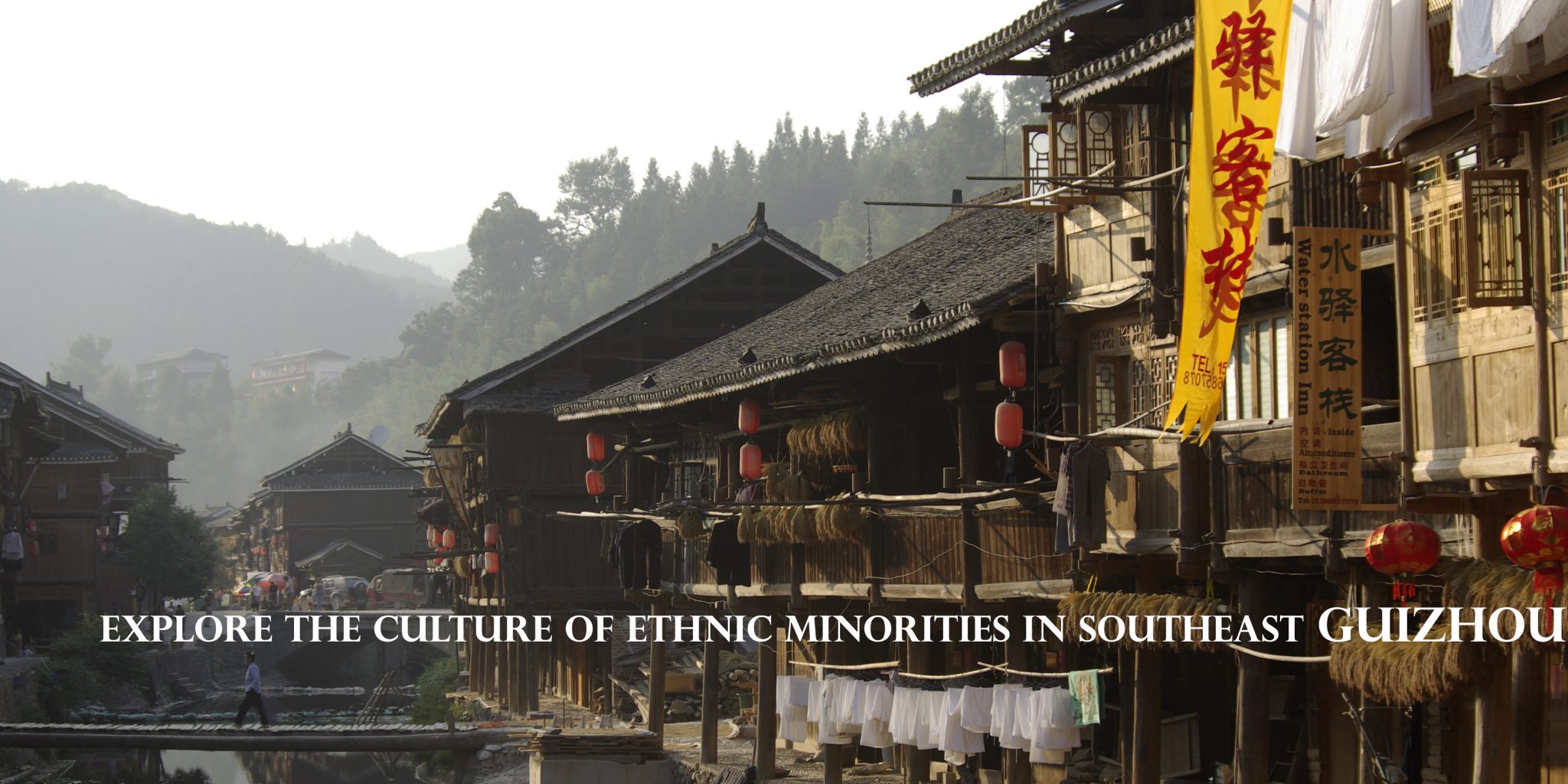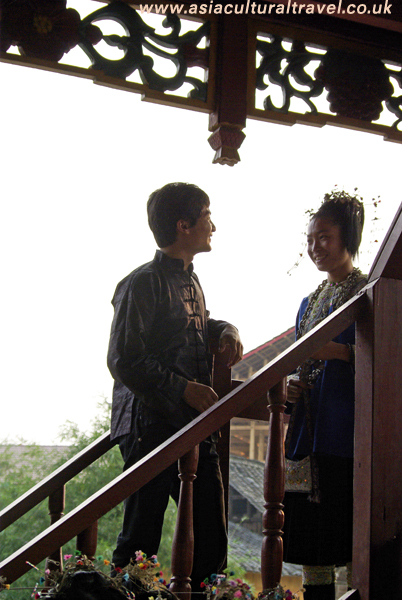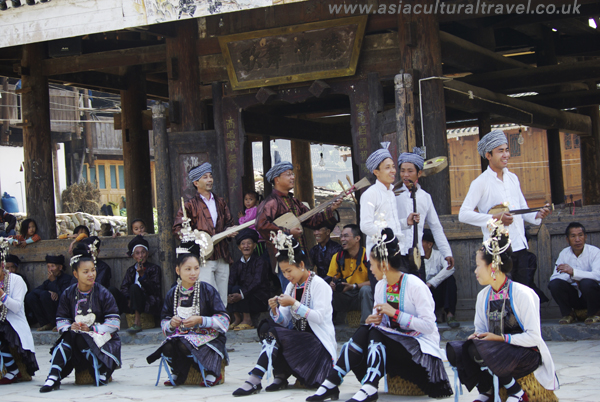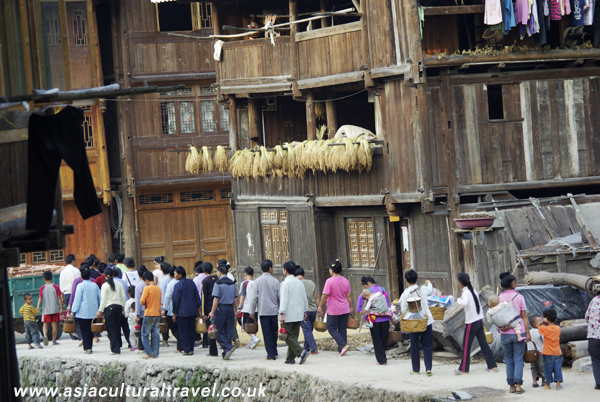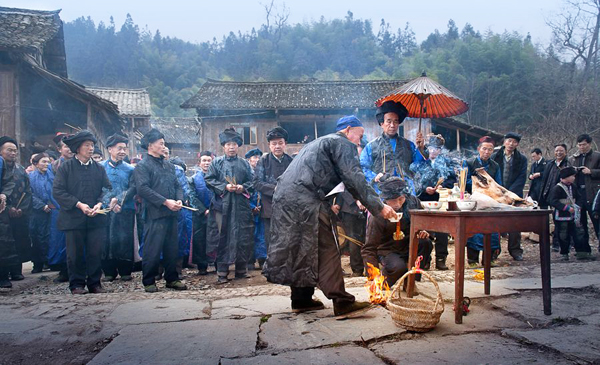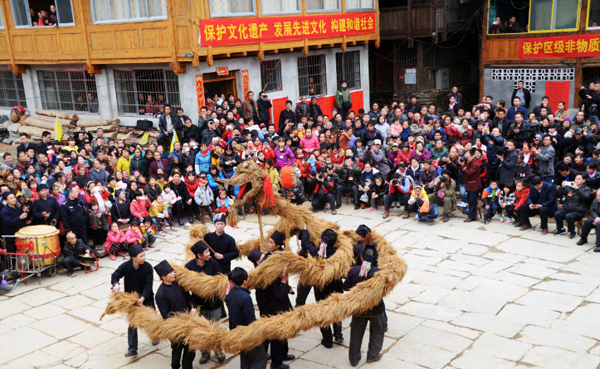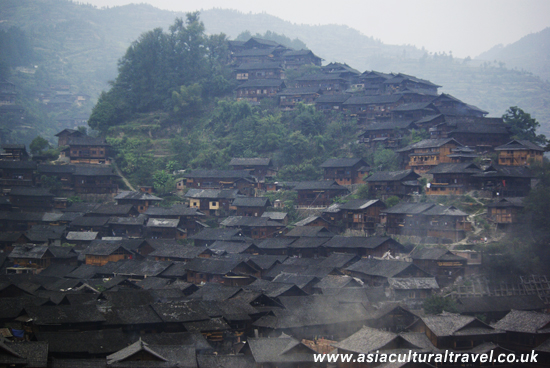
Xijiang prides itself on being the largest Miao village in China, and perhaps the largest Miao village in the world. It is actually made up of a cluster of Miao villages, so it is more like a township than a village proper. About 1,000 families and 6,000 people call Xijiang home, and of these 99.5% of them are from the Miao ethnic minority. Xijiang is in Leishan County and is located about 35 kilometres from Kaili City in Guizhou. It is nestled on the northern side of Leigong Hill, surrounded by mountains covered in rich greenery and split in half by the fiercely beautiful Baishui or White Water River. The Diaojiaolou, a kind of stilted wooden dwelling built by the Miao people, stretch up the hillsides on either side of the river. They look almost unreal, with thick wooden poles supporting the backs of the houses so that they appear to be hanging off of the hillside.
The banks of the river are connected by vast numbers of stunning Wind-Rain bridges, which look like tiny palaces hovering over the rushing water. Although many of the houses in the village have been newly built, there are still plenty of traditional houses and structures throughout the village that were all hand-built by local carpenters long before the village became a tourist attraction. If you walk along the paths used by farmers to reach the rice paddies, you’ll be treated with a wonderful view of the rice terraces and the more traditional Diaojiaolou.
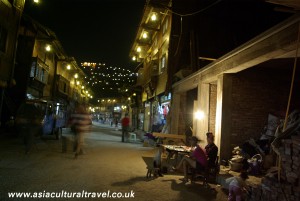 The main, tourist oriented part of the village is made up of two streets: an old or ancient street and a modern-built street. We recommend a visit to the old street, as it boasts many wonderful snack stalls, restaurants, and stores selling locally produced craftworks such as batik textiles, silverwork and fine embroidery. The Miao people are famed for their skill at these particular arts so a small, handmade trinket from Xijiang village would make the perfect souvenir. If you want a real taste of what Miao life is like, we recommend you try the Long Table Banquet, where you and your friends can share a table and sample a few of the small local dishes. It’s the perfect opportunity to try an array of different local delicacies and, at 28 RMB per person (about £2.80), it is very reasonably priced. Other delicious local foods include glutinous rice cake, la rou (a type of locally cured, smoky bacon) and fish in sour soup.
The main, tourist oriented part of the village is made up of two streets: an old or ancient street and a modern-built street. We recommend a visit to the old street, as it boasts many wonderful snack stalls, restaurants, and stores selling locally produced craftworks such as batik textiles, silverwork and fine embroidery. The Miao people are famed for their skill at these particular arts so a small, handmade trinket from Xijiang village would make the perfect souvenir. If you want a real taste of what Miao life is like, we recommend you try the Long Table Banquet, where you and your friends can share a table and sample a few of the small local dishes. It’s the perfect opportunity to try an array of different local delicacies and, at 28 RMB per person (about £2.80), it is very reasonably priced. Other delicious local foods include glutinous rice cake, la rou (a type of locally cured, smoky bacon) and fish in sour soup.
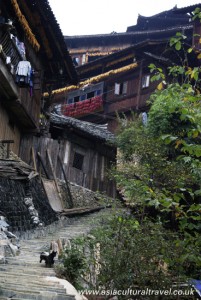 Xijiang is also home to the Miao Nationality Museum, which is made up of eleven exhibition halls and houses wonderful displays of cultural artefacts, traditional dress, architectural marvels and works of art that are sure to give any visitor a better understanding of Miao culture. To enter the museum, you’ll need to produce your entrance ticket to the village. A performance takes place twice every day in the village, once at 11:30 and once at 17:00, in the village square. It is a singing and dancing show where senior members of the village sing ancient songs in Miao dialect that tell wonderful tales of Miao folklore and history. Some of the songs are joyful and uplifting while others are quite soulful and haunting. The performances can take place at slightly different times each day, so be sure to confirm the exact schedule of performances while you are there.
Xijiang is also home to the Miao Nationality Museum, which is made up of eleven exhibition halls and houses wonderful displays of cultural artefacts, traditional dress, architectural marvels and works of art that are sure to give any visitor a better understanding of Miao culture. To enter the museum, you’ll need to produce your entrance ticket to the village. A performance takes place twice every day in the village, once at 11:30 and once at 17:00, in the village square. It is a singing and dancing show where senior members of the village sing ancient songs in Miao dialect that tell wonderful tales of Miao folklore and history. Some of the songs are joyful and uplifting while others are quite soulful and haunting. The performances can take place at slightly different times each day, so be sure to confirm the exact schedule of performances while you are there.
If you want to take in the panoramic view of the entire village, there’s a sightseeing platform where visitors can relax and take photographs. If you like, you can even rent Miao traditional dress and have your photograph taken in it or simply appreciate the beautiful Miao girls, decked out in silvery splendour, relaxing on the platform or entertaining tourists. At night, the view from the platform is particularly attractive, as the twinkling gas lamps of the houses below and the balmy night air are both soothing and mystifying. The hum of the elders chatting in the streets, the chirping of the insects and the faint sounds and smells of delicious meals wafting in the dark air will make you feel truly at home in this isolated place.
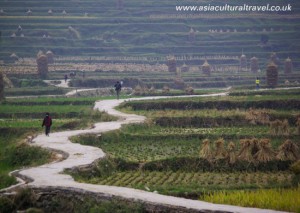 Since Xijiang is nestled deep within Leigongshan National Park, it is also a perfect place to go hiking. Stunning countryside, mountains and rice paddies stretch for miles around Xijiang village, so a hike can last you anywhere from a few minutes to several hours if you so choose. It’s a wonderful way to discover new landscapes, get close to the beautiful rice paddies, and watch farmers plough the land with their oxen. We recommend visiting Xijiang anytime between May and July, as the spring and summer seasons here boast the best weather for hiking and the village looks particularly beautiful when the local flora is in bloom. However, if you travel to Xijiang during January then you’ll be able to see how the locals celebrate Miao New Year. The Miao New Year Festival is celebrated from December 1st till December 15th according to the Chinese lunar calendar so, if you want to see it, we advise that you check the exact dates of the festival before you go.
Since Xijiang is nestled deep within Leigongshan National Park, it is also a perfect place to go hiking. Stunning countryside, mountains and rice paddies stretch for miles around Xijiang village, so a hike can last you anywhere from a few minutes to several hours if you so choose. It’s a wonderful way to discover new landscapes, get close to the beautiful rice paddies, and watch farmers plough the land with their oxen. We recommend visiting Xijiang anytime between May and July, as the spring and summer seasons here boast the best weather for hiking and the village looks particularly beautiful when the local flora is in bloom. However, if you travel to Xijiang during January then you’ll be able to see how the locals celebrate Miao New Year. The Miao New Year Festival is celebrated from December 1st till December 15th according to the Chinese lunar calendar so, if you want to see it, we advise that you check the exact dates of the festival before you go.
To reach Xijiang, there are two direct buses from Guiyang East Bus Station that leave at 9:00 and 15:00 respectively. Alternatively you can take the bus from Guiyang East Bus Station to Kaili, which takes about two hours, and then take the bus from Kaili General Bus Station to Xijiang. The buses between Kaili and Xijiang are far more regular and it means that, if you don’t want to stay overnight in Xijiang, you can return to Kaili to find a hotel. However, there are plenty of wonderful guesthouses in Xijiang that are all reasonably priced and, at some special guesthouses, you will even be greeted by some local Miao women, who will place a cotton necklace with a boiled egg inside it around your neck and offer you a bull’s horn filled with liquor to drink. This is Miao welcoming tradition and, if you get the chance, it’s a wonderful way to feel like a real part of the village. Langdeshang is another, smaller Miao village that is only 2 hours’ drive from Xijiang. Regular public buses and minibuses travel from Xijiang to Langdeshang every day so, if you fancy visiting a Miao village that isn’t quite so tourist oriented, we recommend you take the trip.
Join our travel to enjoy the amazing Miao performance at Xijiang Village: Explore the culture of Ethnic minorities in Southeast Guizhou





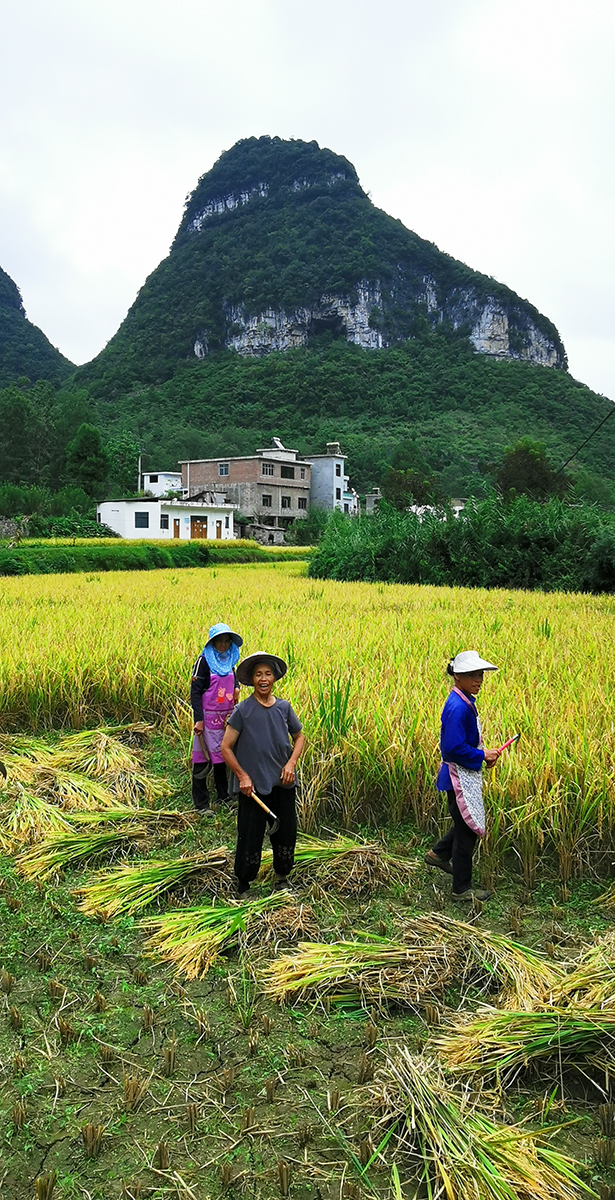 The cultivation of rice and maize are the chief means of subsistence for the Miao people. Rice, maize, millet and sweet potatoes are their staple foods, although in more northern areas they eat maize, buckwheat, potatoes and oats. Miao food typically employs sour and peppery flavours to enhance their dishes. Although the Miao diet is relatively simple, Miao dishes such as Fish in Sour Soup and snacks such as La Rou (a kind of cured, smoked bacon) are popular throughout Guizhou for their rich, flavoursome taste.
The cultivation of rice and maize are the chief means of subsistence for the Miao people. Rice, maize, millet and sweet potatoes are their staple foods, although in more northern areas they eat maize, buckwheat, potatoes and oats. Miao food typically employs sour and peppery flavours to enhance their dishes. Although the Miao diet is relatively simple, Miao dishes such as Fish in Sour Soup and snacks such as La Rou (a kind of cured, smoked bacon) are popular throughout Guizhou for their rich, flavoursome taste.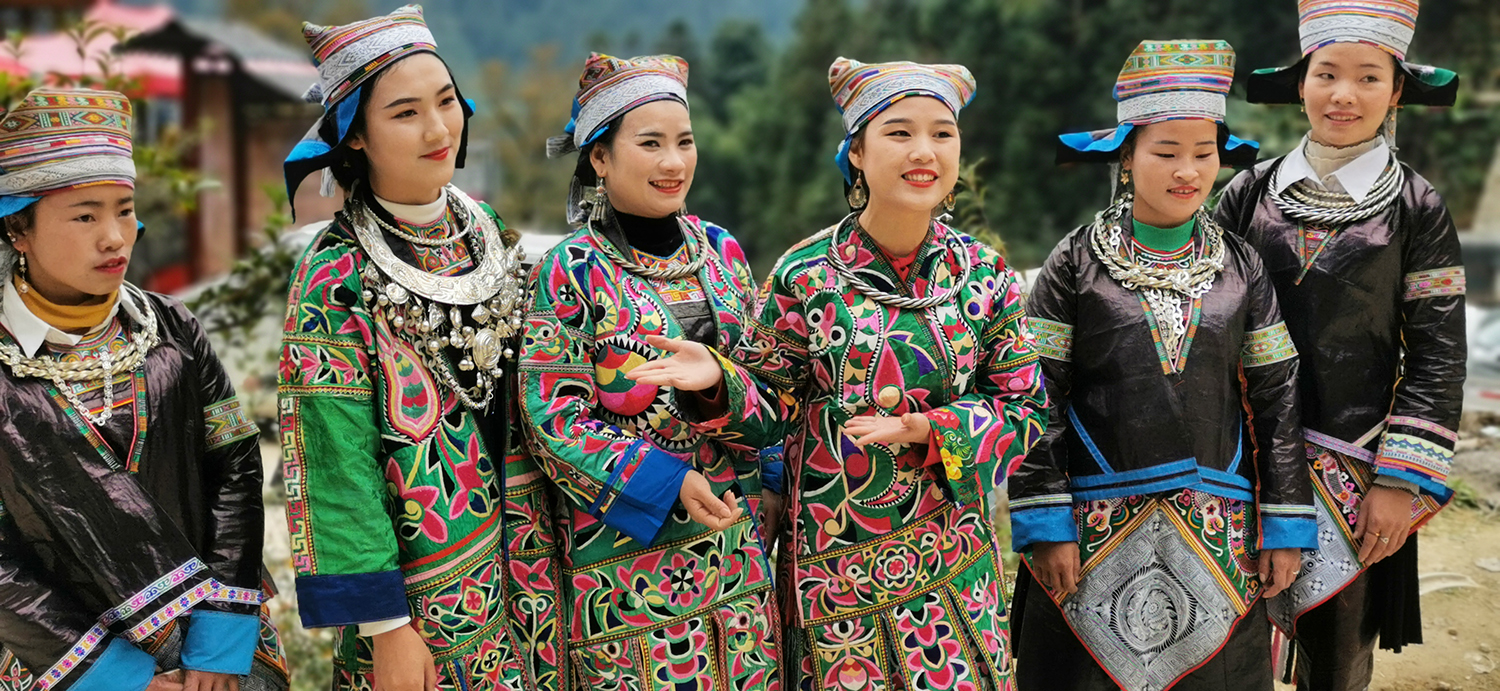
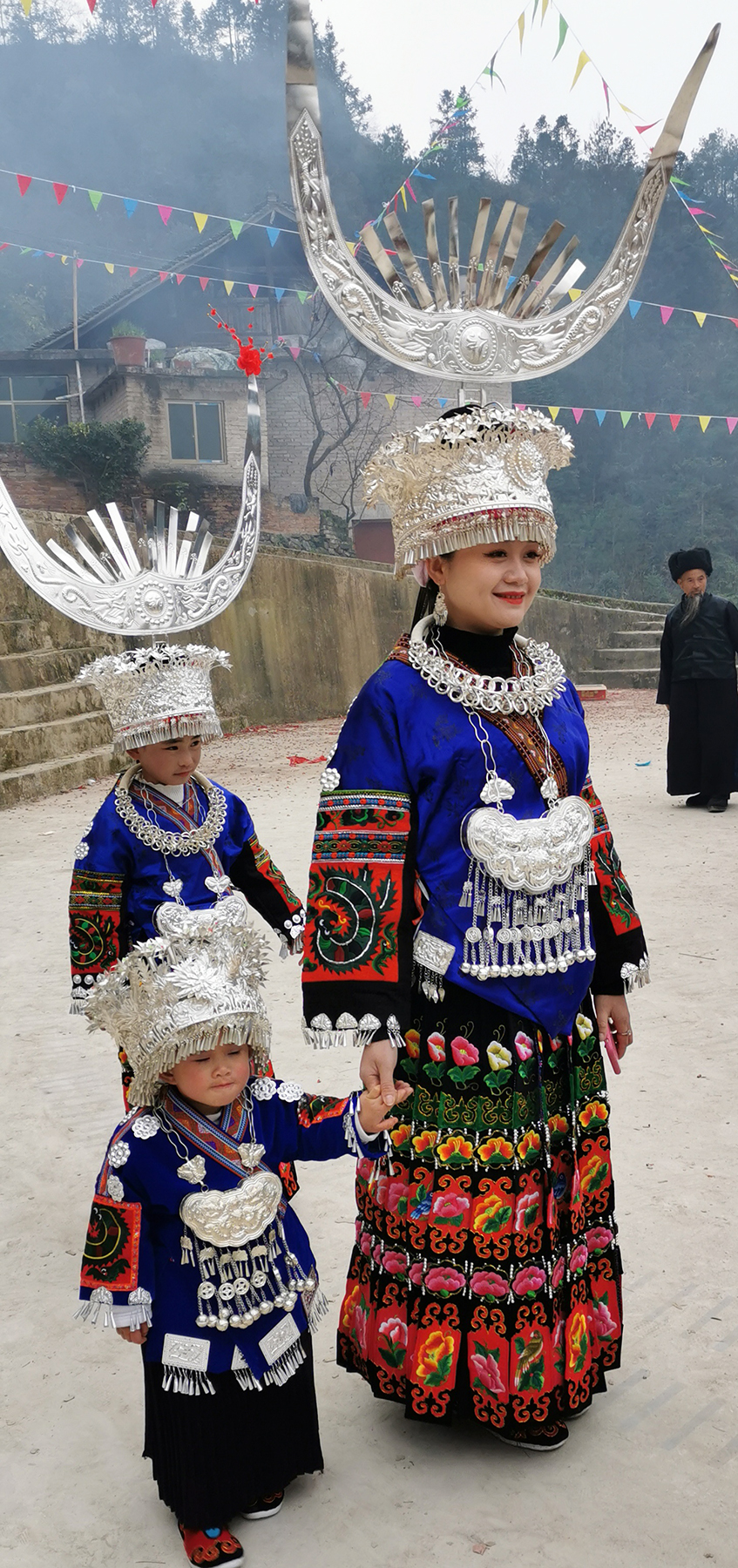 The daily clothing worn by Miao people will differ from place to place and many of the Miao subgroups are designated by the colour of their clothes, such as the Hmub Miao of southeast Guizhou who are often referred to as the Black Miao because of their characteristically indigo coloured clothing. In northwest Guizhou and northeast Yunnan, the Miao men will typically wear linen jackets that are colourfully embroidered and woollen blankets draped over their shoulders that are decorated in geometric patterns. In other areas, the men will wear short jackets that are buttoned down the front or to the left, long trousers with wide belts and long black scarves. In west Hunan and northeast Guizhou, the women wear jackets buttoned on the right and trousers that have delicately embroidered collars, sleeves and trouser legs. In other areas, the women wear high-collared short jackets and pleated skirts of varying length. These pleated skirts can have hundreds or even thousands of vertical pleats.
The daily clothing worn by Miao people will differ from place to place and many of the Miao subgroups are designated by the colour of their clothes, such as the Hmub Miao of southeast Guizhou who are often referred to as the Black Miao because of their characteristically indigo coloured clothing. In northwest Guizhou and northeast Yunnan, the Miao men will typically wear linen jackets that are colourfully embroidered and woollen blankets draped over their shoulders that are decorated in geometric patterns. In other areas, the men will wear short jackets that are buttoned down the front or to the left, long trousers with wide belts and long black scarves. In west Hunan and northeast Guizhou, the women wear jackets buttoned on the right and trousers that have delicately embroidered collars, sleeves and trouser legs. In other areas, the women wear high-collared short jackets and pleated skirts of varying length. These pleated skirts can have hundreds or even thousands of vertical pleats.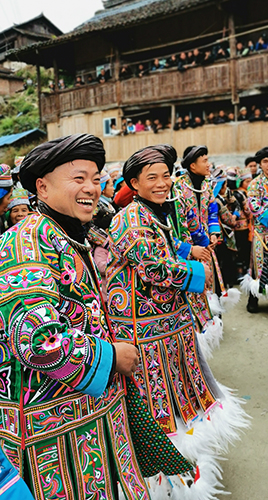 On top of their beautifully embroidered clothes, Miao women are also famed for the glittering silver adornments that they wear during festival time. The Miao people regard silver as a symbol of wealth and so have a particular fondness for it. They also believe silver symbolises light and good health, so wearing silver will ward off evil spirits, stave off natural disasters and bring good fortune. When it comes to the ornamental silver worn by the Miao women, the heavier the better, so some festival outfits can weigh upwards of 20 to 30 jin (about 10 to 15 kg).
On top of their beautifully embroidered clothes, Miao women are also famed for the glittering silver adornments that they wear during festival time. The Miao people regard silver as a symbol of wealth and so have a particular fondness for it. They also believe silver symbolises light and good health, so wearing silver will ward off evil spirits, stave off natural disasters and bring good fortune. When it comes to the ornamental silver worn by the Miao women, the heavier the better, so some festival outfits can weigh upwards of 20 to 30 jin (about 10 to 15 kg).
